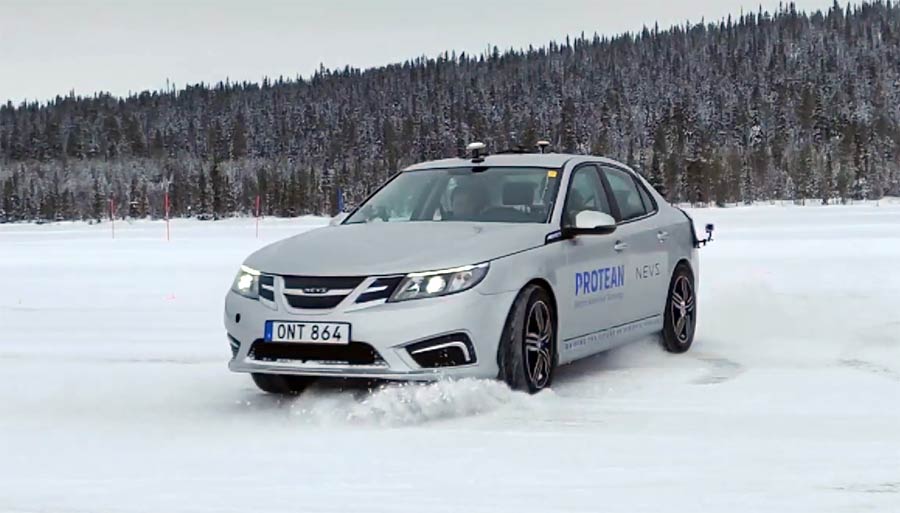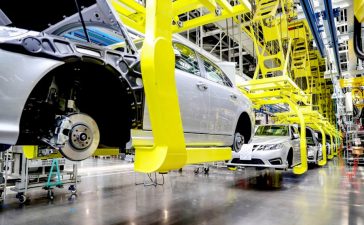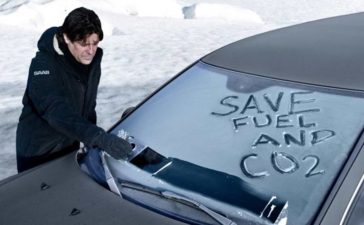Late last year, NEVS announced the start of a new exciting project – to drive self-driving cars in Trollhättan. In early December, they announced that if the plan succeeds they will start the first tests in the near future.
Together with their partners in the EU project Autopilot, the objective is to realize autonomous driving using Internet of Things (IoT). The combination of electrification, MaaS (mobility as a service) and self-driving cars will completely transform the way we move, we work, and we live.
In Trollhättan, NEVS plans to test a self-driving car over the next few months, and at the same time as these tests, part of company – Protean Eletric is testing other technology, in-wheel electric motor technology also integrated on NEVS 9-3.
Its going to be a while before people will accept taking rides in these “self-driving” things. Even if its safer than humans, people will prefer a human driver. This is especially true for older people who are less prone to trying new things/tech. They’ll be some early adopters, but its going to take time for people to trust a self diving Uber or similar. Weirdly some people even said they prefer a human because of the conversations. The amount of Uber drivers will dwindle, but it won’t be immediate. Uber will likely have to lower the fares for their self driving cars in order to get more people using it than the regular human driven one.
In addition to increasing security, self-driving cars and shered transport services bring down the cost of car insurance. Once most vehicles are fully automated the number of traffic accidents will drop drastically meaning in some cases you may not be required to have car insurance it may be a part of your car loan or lease just like home insurance.

However, while all major manufacturers are working to adopt self-driving technology (of course, Tesla has gone the farthest, according to some estimates, at least 5 years ahead of everyone else on the market), in real terms, we will wait a few more decades for the introduction of this technology in most vehicles that selling on the market. It should not be forgotten that in addition to self-driving cars, adequate transport infrastructure should be built.
According to some, Level 5 autonomy is the only level of self-driving cars worth having. If there has to be a driver ready to take over, it’s a waste of time, and dangerous. True level 5 autonomy will not be feasible within the next 30 years, for the same reason that we still do not have domestic, autonomous robots – they simply cannot be trusted to safely navigate their environments even at walking pace, let alone driving speeds.











